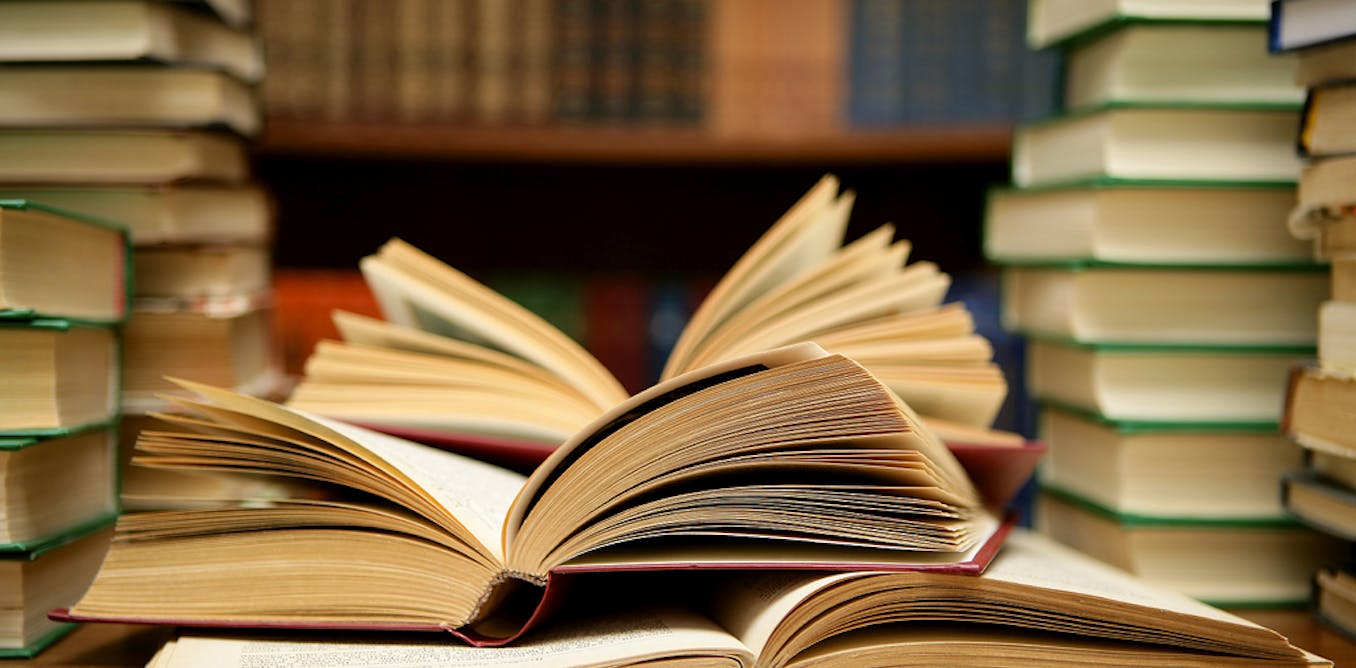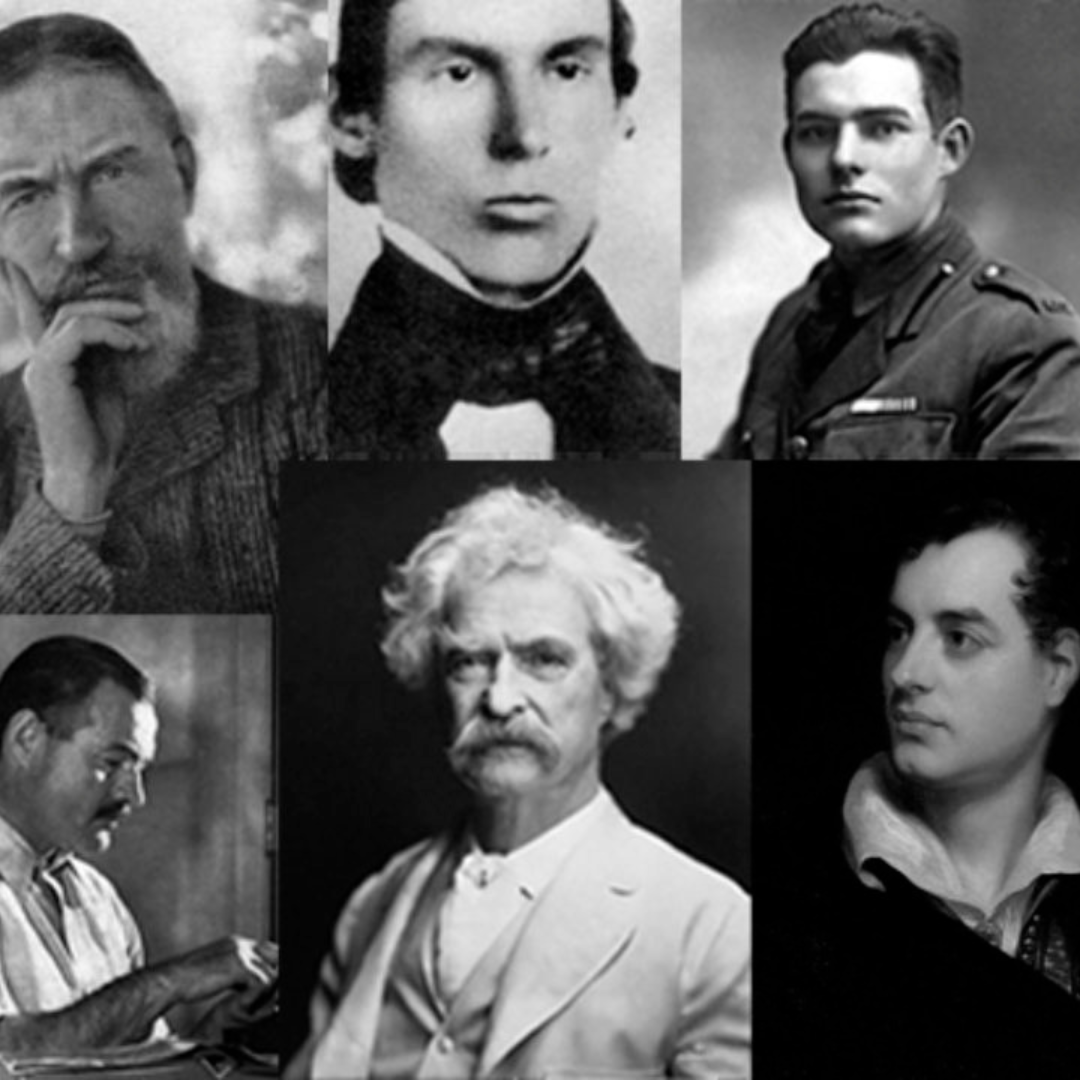
In the world of literature, each author possesses a distinct voice that sets them apart. Beyond the choice of words and narrative style, even the physical act of typing can become a unique signature. From the rhythmic tap-tap of Ernest Hemingway to the meticulous precision of J.K. Rowling, famous authors have developed their own typing styles that reflect their personalities and creative processes. In this blog post, we'll explore the typing habits of some renowned authors and draw lessons from their approaches.
Ernest Hemingway - The Minimalist Typist
Known for his concise prose and straightforward storytelling, Hemingway's typing style mirrored his literary approach. He favored an old manual typewriter and typed with a deliberate and measured pace. The lesson to learn from Hemingway is the power of simplicity. Embrace clarity and precision in your writing to convey your message effectively.
J.K. Rowling - The Planner
Rowling, the mastermind behind the Harry Potter series, is known for her meticulous planning and outlining before delving into her actual writing. Her typing style reflects this organized approach. She often writes detailed plans in longhand before transferring them to a computer. The lesson here is the importance of preparation. Before typing away, take the time to outline your ideas and structure your content.
George R.R. Martin - The Longhand Enthusiast
The author of "A Game of Thrones" series, Martin, prefers to write his first drafts using an old-fashioned fountain pen. This deliberate and tactile process allows him to immerse himself in the world he's creating. The lesson from Martin is the value of embracing different mediums. Experiment with writing longhand or using different tools to find what enhances your creative flow.
Joyce Carol Oates - The Prolific Typist
Oates is known for her incredible productivity, having written numerous novels, short stories, and essays. Her typing style is swift and almost machine-like, allowing her to keep up with the constant flow of ideas. The lesson here is the importance of consistency. Develop a writing routine that suits your pace and helps you stay productive.
Mark Twain - The Innovator
Mark Twain, the author of classics like "The Adventures of Tom Sawyer" and "Adventures of Huckleberry Finn," was an early adopter of the typewriter. His typing style was dynamic and experimental, reflecting his innovative spirit. The lesson from Twain is to embrace technology. Don't be afraid to explore new tools and technologies that can enhance your writing process.
In the realm of literature, typing styles are as diverse as the stories they bring to life. Famous authors teach us that the way we physically engage with the act of writing can have a profound impact on our creativity and productivity. Whether you prefer the simplicity of a manual typewriter or the efficiency of a modern computer, find a typing style that aligns with your creative instincts. Ultimately, the key is to be true to your unique voice and let your typing style extend your literary identity.


